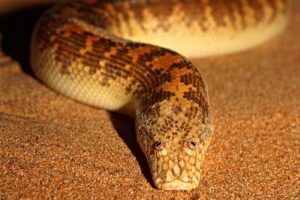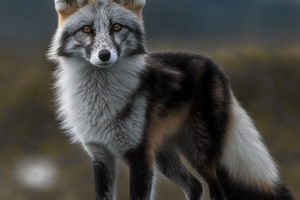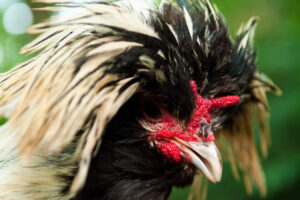The copperhead, which lives in North America, camouflages itself better than any other animal.
The hourglass-shaped stripes on the copper snake mean that it almost completely merges with the leaves on the forest floor, and this one meter long venomous snake certainly knows how to use it, but it hunts in such a way that it lies buried and waits to sink its fangs. in mice or frogs without warning.
Didn’t you spot her? Try again:
The copperhead, which covers itself so well, is a burrowing snake, like, for example, rattlesnakes, and in it are hidden two cavities – holes – at the front of the head, which contain heat-sensitive organs.
This organ provides this ingenious animal with so-called heat vision, which enables the animal to sense the body temperature of animals it preys on and to attack in the dark.
… And a little closer:
Copper snakes are poisonous, but luckily they are rarely fatal to humans. Namely, this snake bites more people in North America than other snakes, because the snake is very widespread and thrives almost anywhere, even in the suburbs.
The snake injects blood venom that prevents blood clotting and can cause tissue damage around the area it bites.
OK to look but absolutely not to touch. Even if the snake emits a strange aroma when touched, the smell is mainly reminiscent of cucumbers.








